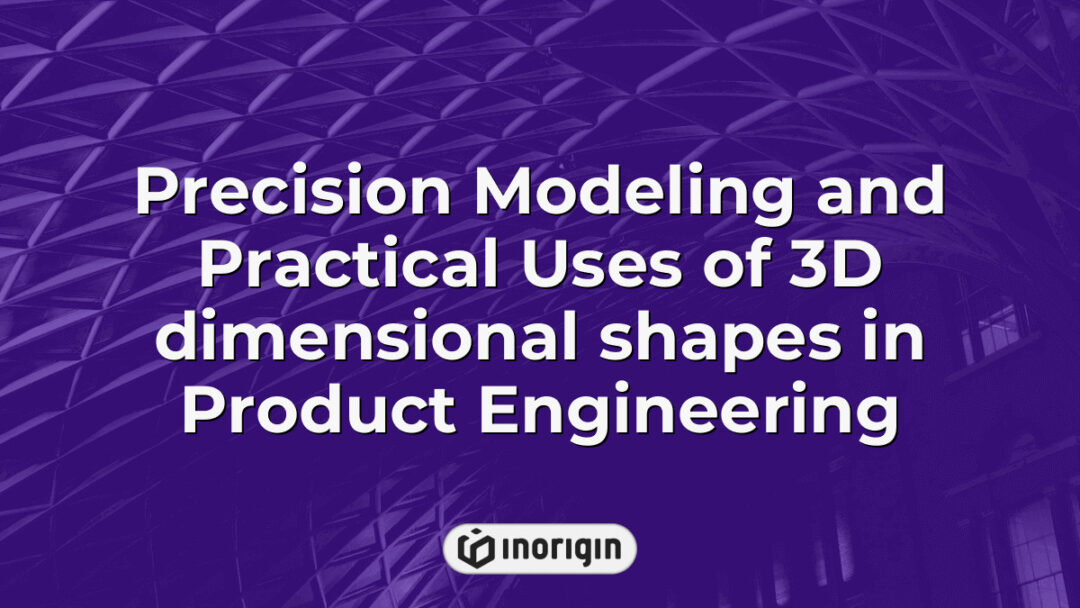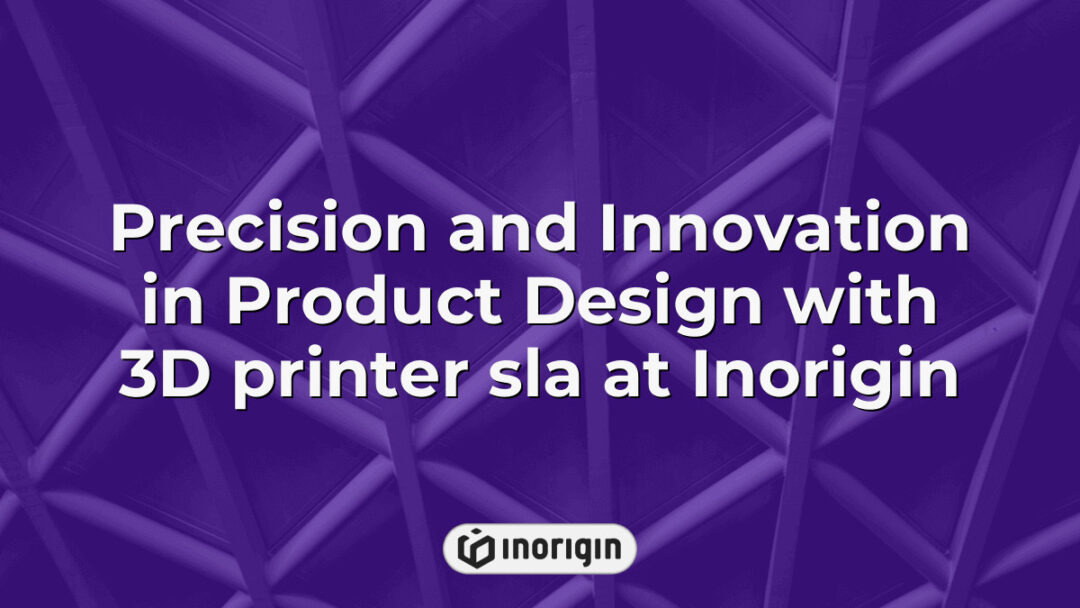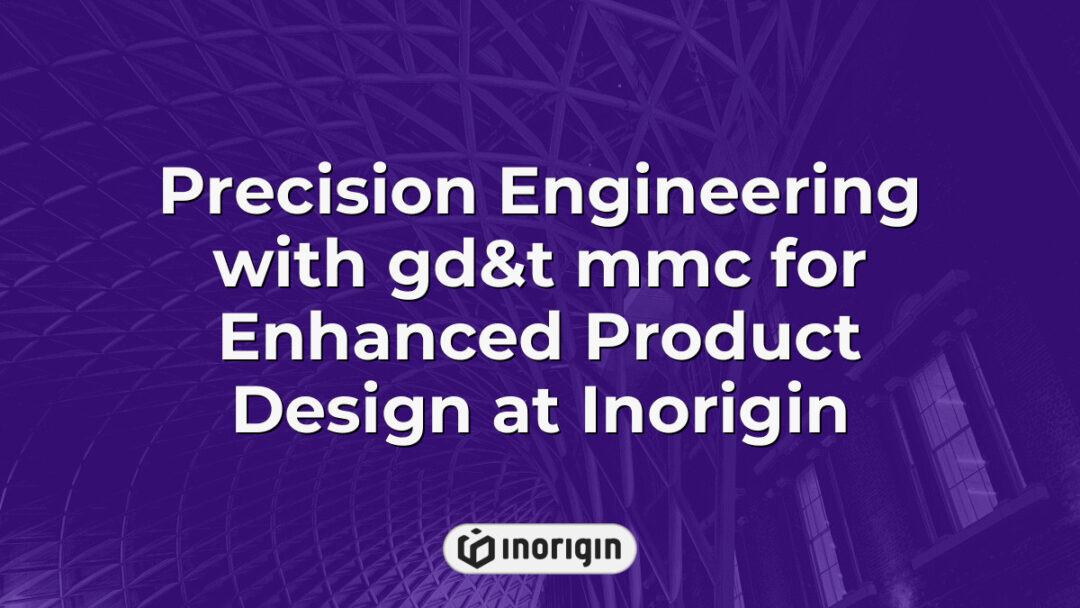The rapid evolution of 3D printing technology has not only transformed manufacturing processes but also sparked significant interest among investors seeking opportunities within this dynamic sector. Icon, a pioneering company renowned for its advancements in construction-scale 3D printing solutions, stands at the forefront of these developments as it aims to revolutionize housing accessibility and affordability through innovative building methods. In light of Icon’s growing prominence, inquiries regarding its public trading status have become increasingly pertinent. This article investigates whether Icon is publicly traded, examining the implications of such a status on both the company’s growth trajectory and the broader impact on investment strategies within the burgeoning realm of additive manufacturing.
| Aspect | Key Takeaway |
|---|---|
| Public Trading Status | Is Icon 3D printing publicly traded? Currently, Icon remains a privately held company, attracting investor interest through its influential role in transformative additive manufacturing. |
| Financial Performance | Icon exhibits robust financial growth with strong year-over-year revenues and successful private funding rounds supporting its expansion in construction-scale 3D printing. |
| Industry Context | The 3D printing sector comprises both public and private firms; Icon’s private status enhances its flexibility to innovate within large-scale construction applications. |
| IPO Prospects | Market trends and investor interest signal potential for an Icon IPO, dependent on sustained technological innovation and strategic business development. |
| Investment Opportunities | Investors seeking exposure to 3D printing technologies can explore startups, established companies, and specialized ETFs for diverse portfolio options beyond Icon. |
| Environmental Benefits | Icon’s 3D printing methods minimize construction waste and optimize the use of sustainable materials, advancing eco-efficient building practices. |
| Community Collaboration | Icon partners with local communities, academic institutions, and organizations to foster knowledge-sharing and address housing challenges through participatory engagement. |
Overview Of Icon 3D Printing And Its Market Position
The landscape of 3D printing can be likened to a rapidly flowing river, constantly reshaping its banks and revealing new opportunities for growth. Icon, a notable player in this dynamic sector, has distinguished itself through innovative construction technologies that leverage additive manufacturing techniques. As it stands, Icon is not publicly traded; however, the potential for future investment opportunities within the company remains a topic of interest among investors eager to capitalize on advancements in sustainable building solutions. Furthermore, Icon’s strategic collaborations and projects have positioned it favorably within the competitive marketplace, suggesting that as 3D printing continues to evolve, so too may pathways for public offering or alternative funding mechanisms. Thus, stakeholders keep a keen eye on Icon not only for its current contributions but also for how it might navigate the complexities of market demands while fostering investor confidence in the long term.
Financial Performance And Funding Rounds Of Icon 3D Printing
The financial performance and funding rounds of ICON 3D Printing illustrate a significant trajectory towards growth while remaining privately held. Initially, the company has engaged in multiple private placements to secure necessary capital for expansion, which reflects confidence from investors despite its pre-IPO status. This approach enables ICON to remain agile in responding to market demands and technological advancements without the pressures associated with public trading. Moreover, various milestones within this domain underscore critical aspects that shape investor sentiment: (1) substantial increases in revenue reported year-over-year; (2) strategic partnerships aimed at enhancing product development; (3) successful pilot projects demonstrating the viability of large-scale applications; and (4) a growing interest from potential institutional backers recognizing the transformative capabilities of 3D printing technology in construction. Thus, as ICON navigates this phase prior to an initial public offering, maintaining robust financial health through targeted funding efforts remains paramount for sustaining innovative momentum in the competitive landscape of additive manufacturing.
Exploring Competitors And Industry Landscape
The competitive climate of the 3D printing industry is characterized by a diverse array of participants, each contributing to the marketplace’s dynamic evolution. Notably, while some companies are public entities listed on platforms such as NASDAQ and thus subject to rigorous regulatory oversight and shareholder demands, others remain privately held, which allows for greater operational flexibility but may limit access to capital markets. Specifically focusing on ICON 3D Printing reveals that it currently operates as a not publicly traded company, thereby influencing its funding strategies and market positioning in a sector rife with innovation. Furthermore, additional competitors within this landscape range from established manufacturers with deep pockets to emerging startups harnessing cutting-edge technology. This intricate interplay among various firms underscores both the challenges and opportunities present in an industry defined by rapid advancements and fluctuating consumer demands.
Evaluating The Potential For An Icon 3D Printing IPO
Evaluating the potential for an Icon 3D printing IPO necessitates a comprehensive analysis of several factors that could influence its trajectory in the capital markets. Initially, considering the current landscape of public offerings within the technology and manufacturing sectors reveals a growing interest from investors seeking exposure to innovative companies. Notably, the New York Stock Exchange (NYSE) has seen a surge in listings related to advanced manufacturing technologies, providing a conducive environment for firms like Icon 3D printing. Furthermore, evaluating financial metrics such as revenue growth, market demand for construction-related 3D printing solutions, and competitive positioning can offer insight into how Icon may be perceived by potential investors. As investor sentiment increasingly favors sustainable and cutting-edge technologies, there appears to be significant room for optimism regarding an IPO. Thus, while challenges remain inherent to entering public markets—such as volatility and regulatory scrutiny—the overall context suggests that prospects for an Icon 3D printing IPO are contingent upon strategic execution in leveraging technological advancements and addressing market needs effectively.
Investing In 3D Printing: Alternatives And Opportunities
The landscape of 3D printing is akin to a vast and dynamic ecosystem, teeming with various players vying for resources and market share. As traditional manufacturing methods encounter challenges such as rising costs and supply chain complexities, opportunities within the realm of additive manufacturing become increasingly prominent. Consequently, investors exploring this innovative sector may consider several avenues: first, established companies that have integrated 3D printing into their production processes; second, emerging startups focused on specialized applications or materials; and third, holdings in exchange-traded funds (ETFs) devoted to technological advancements in manufacturing technologies. Each of these alternatives presents unique benefits—established firms may offer stability, while startups could promise high growth potential through disruption in existing markets. Moreover, ETFs can provide diversified exposure across a range of 3D printing entities without the risk associated with single investments. Given these diverse options, one strategic approach would be to thoroughly assess individual risk tolerances and investment goals related to advancing technologies within the broader industrial sector.
Frequently Asked Questions
What Are The Environmental Implications Of Using 3D Printing Technology In Construction?
The environmental implications of utilizing 3D printing technology in construction are multifaceted and warrant careful examination. Initially, the process of additive manufacturing significantly reduces material waste compared to traditional subtractive methods; this is achieved by using only the necessary amount of materials required for each project. Furthermore, many 3D printing techniques facilitate the use of sustainable or recycled materials, which can contribute positively to resource conservation efforts within the industry. Additionally, such technologies may enhance energy efficiency during construction processes due to reduced transportation needs and optimized designs that promote thermal performance in buildings. However, it remains essential to consider potential negative impacts as well; for instance, the energy consumption related to operating industrial-scale 3D printers could counteract some environmental benefits if sourced from non-renewable resources. Therefore, a comprehensive understanding of both positive and negative aspects is crucial when evaluating the overall sustainability of 3D printing practices in the construction sector. Thus, while innovations in 3D printing hold promise for reducing certain environmental footprints associated with building activities, a broader approach must be adopted to fully assess their long-term ecological effects within urban development frameworks.
How Does Icon 3D Printing Ensure The Quality And Safety Of Its Printed Structures?
How can a company engaged in 3D printing technology guarantee the quality and safety of its structures? ICON, an industry leader in advanced construction technologies, employs a multifaceted approach to ensure that its printed buildings adhere to stringent standards. To begin with, rigorous testing protocols are implemented throughout the design and production phases; this includes material assessments and structural analyses to evaluate durability under various environmental conditions. Furthermore, compliance with local building codes and regulations is prioritized during the planning stages, thereby enhancing not only regulatory adherence but also public trust in the resultant edifices. Additionally, continual engagement with stakeholders—including engineers, architects, and end-users—facilitates iterative improvements based on real-world feedback. By integrating cutting-edge technology such as Building Information Modeling (BIM) into its processes, ICON effectively simulates performance scenarios that predict potential failures or weaknesses before actual construction occurs. This combination of proactive measures solidifies the commitment to delivering safe and reliable housing solutions through innovative 3D printing practices.
What Types Of Projects Has Icon 3D Printing Completed So Far?
The realm of construction has often been likened to a circus, where architects juggle blueprints and engineers perform acrobatics with concrete. Yet amidst this frenzy stands ICON 3D printing, an innovator defying the traditional norms through its revolutionary approach. The projects undertaken by ICON illustrate not only technical prowess but also an ambitious vision for the future of housing and infrastructure. Notably, four significant categories emerge from their portfolio:
- Affordable Housing Initiatives – These projects aim to address the pressing need for low-cost homes, utilizing advanced 3D printing technology to reduce material waste and costs significantly.
- Commercial Structures – Leveraging unique designs and rapid fabrication techniques, ICON constructs commercial spaces that challenge conventional building methodologies while fostering sustainability.
- Emergency Shelters – In response to natural disasters or humanitarian crises, ICON develops swift deployment solutions that provide immediate shelter through efficient construction processes.
- Experimental Housing Projects – Engaging in avant-garde designs, these projects serve as testbeds for new ideas in architecture and urban planning.
Such diverse undertakings highlight ICON’s ability to navigate various market demands while offering innovative solutions designed for contemporary challenges. As the field of additive manufacturing continues to evolve, these completed projects underscore both the practical applications and potential societal impacts of 3D printing within the built environment, paving the way for future advancements in sustainable living practices and resilient infrastructures.
What Are The Future Technological Advancements Expected In Icon’s 3D Printing Processes?
As the landscape of 3D printing technology evolves, ICON’s processes stand at the forefront of innovation. The anticipated advancements in ICON’s 3D printing capabilities may be likened to a symphony, harmonizing various technological elements to create grander solutions for construction and beyond. Three key areas are expected to see significant development: first, enhancements in materials science will likely lead to stronger and more sustainable building substances; second, automation and robotics integration into the print process may yield increased efficiency and precision; third, scaling up production capabilities could facilitate faster deployment of housing solutions in response to urgent societal needs.
Moreover, these improvements will not only refine existing practices but also broaden applications across different sectors. For instance, developments in bio-printing might enable new forms of medical implants or tissue structures that address pressing health concerns. Additionally, advances in design software are projected to allow architects and engineers greater freedom in creative expression while ensuring compliance with structural integrity standards. Overall, as such innovations emerge from ICON’s continued research and development efforts, they promise to contribute significantly toward addressing contemporary challenges faced by the construction industry and society broadly.
How Does Icon 3D Printing Engage With The Communities It Serves And Build Partnerships?
Engaging with communities and fostering partnerships is akin to nurturing a garden, where the growth of sustainable relationships requires attention, care, and collaboration. Icon 3D Printing employs various strategies to connect with the communities it serves, recognizing that local engagement enhances both project effectiveness and social impact. Through outreach initiatives such as educational workshops and community forums, Icon facilitates knowledge transfer regarding advanced construction technologies, thereby empowering residents with information relevant to their specific needs. Furthermore, collaborations with governmental agencies, non-profits, and other stakeholders create synergies that amplify resources and expertise aimed at addressing housing challenges in underserved areas.
By adopting participatory design approaches, Icon actively involves community members in the decision-making processes pertaining to new projects. This method not only fosters a sense of ownership among locals but also ensures that solutions are tailored to meet distinct community requirements. Moreover, by establishing strategic alliances with universities and research institutions, Icon leverages academic insights to advance its technological capabilities while simultaneously contributing to local economic development through job creation and skill training programs. Such multifaceted efforts underscore the importance of interconnectivity between technology providers like Icon and the communities they aim to uplift; this ongoing dialogue paves the way for innovative advancements that resonate within societal frameworks rather than existing in silos disconnected from real-world applications.
Conclusion
Icon 3D Printing’s innovative initiatives and intriguing industry insights indicate a potentially promising path toward public trading. While the competitive climate remains challenging, cultivating capital through strategic investments in this dynamic domain presents both unique opportunities and noteworthy advancements for forward-thinking investors seeking to capitalize on cutting-edge technologies.
Related posts:
- Icon 3D printed homes transforming sustainable construction through cutting-edge technology and design innovation
- Icon 3D printing homes revolutionizing sustainable construction with advanced technology
- Icon 3D printing Transforming Product Design with Precision and Innovation
- 60 minutes 3D printing homes Transforming Construction Speed with Sustainable Innovation
- 3D printed homes transforming construction with faster builds and reduced environmental impact
- Innovations Driving Sustainability and Efficiency in 3D Printed Home Design and Construction



